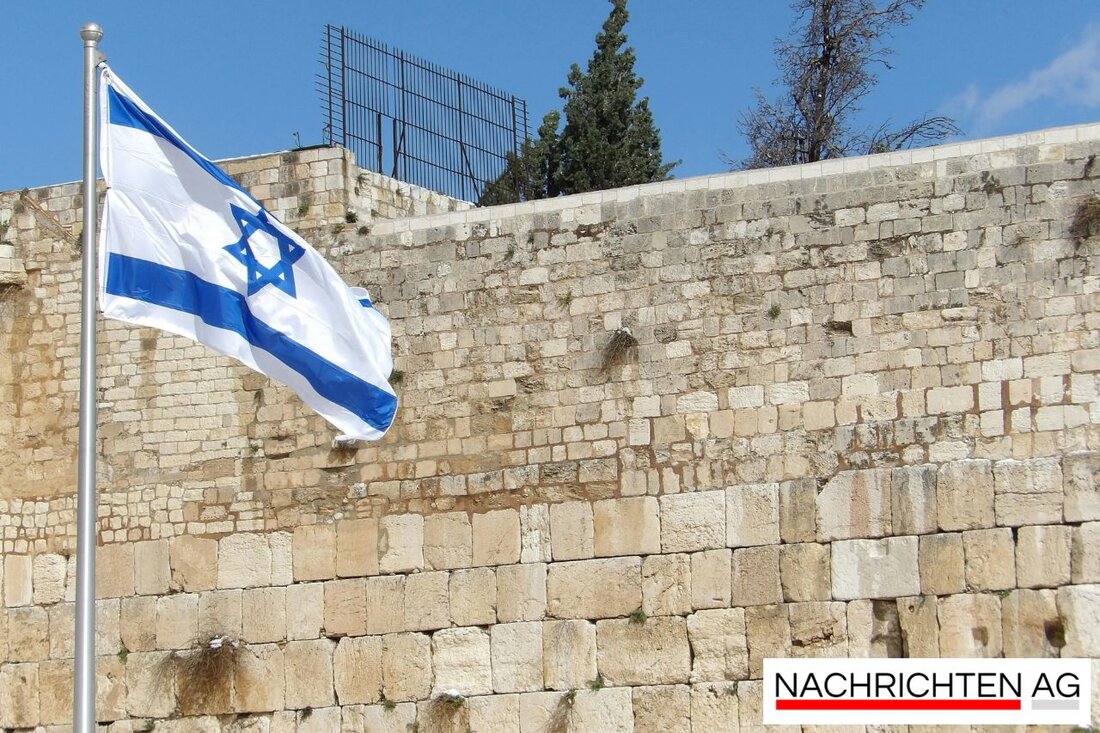IAI Suing Insurers for $62M After AMOS-6 Satellite Explosion

Cape Canaveral, Florida, USA - The tumultuous saga of Israel’s AMOS-6 satellite continues to unfold, leaving a trail of legal disputes and financial impacts more than nine years after its catastrophic end. The satellite was tragically destroyed in a SpaceX Falcon 9 explosion during pre-launch preparations in Florida in September 2016. This highly ambitious project, initiated in 2012 when Spacecom entered a $195 million contract with Israel Aerospace Industries (IAI), was intended to replace the aging AMOS-2 satellite, which was due for retirement in 2016. Aiming to bolster communications capabilities, AMOS-6 was set to be instrumental in expanding broadband accessibility across the region.
However, fate had other plans. Just days before its scheduled launch, an unfortunate anomaly struck. As reported by Globes, the explosion resulted not only in the loss of AMOS-6 but also significantly hampered the operations of Spacecom, which faced a staggering $95 million loss due to contracts with Facebook and Eutelsat, who had invested in the satellite’s capacity.
The Legal Battle
In the aftermath of the explosion, IAI has found itself embroiled in a protracted legal battle for compensation. They recently filed a $62 million lawsuit against a group of insurers, including Lloyd’s of London, which had covered AMOS-6 under a total insurance policy of $236 million and EUR 43.1 million. To date, insurers have paid IAI approximately $215 million, but the aerospace giant claims it is still owed an additional $62 million, as highlighted by Calcalist.
The crux of the dispute lies in IAI’s alleged failure to inform the insurers about changes in planned experiments that might have escalated risk and affected premiums. IAI, however, firmly contends that it duly notified insurers of all changes made, asserting that the policy should cover any damage, regardless of the circumstances surrounding the explosion, which paused operations during fueling.
Radiating Challenges
The fallout from the AMOS-6 disaster has sent ripples through the Israeli satellite industry. A parliamentary subcommittee reported that the destruction of AMOS-6 has stunted the progress of the upcoming AMOS-8 satellite, which is now set for launch in 2021 but is experiencing delays. As the satellite industry is still grappling with the consequences, companies like Spacecom have been forced to lease alternative satellites, such as AMOS-7, at a hefty cost of $22 million per year. This has inevitably impacted financing options for future projects.
The journey of AMOS-6, which once promised to elevate Israel’s standing in space communications, instead serves as a cautionary tale. The significant losses incurred, coupled with ongoing legal disputes and industry stagnation, underscore the complexities and high stakes of satellite operations. While some progress may still be on the horizon, much depends on resolving the current issues that stem from this significant setback.
| Details | |
|---|---|
| Ort | Cape Canaveral, Florida, USA |
| Quellen | |
